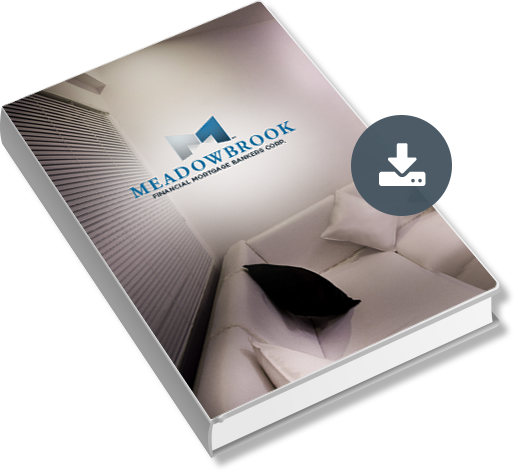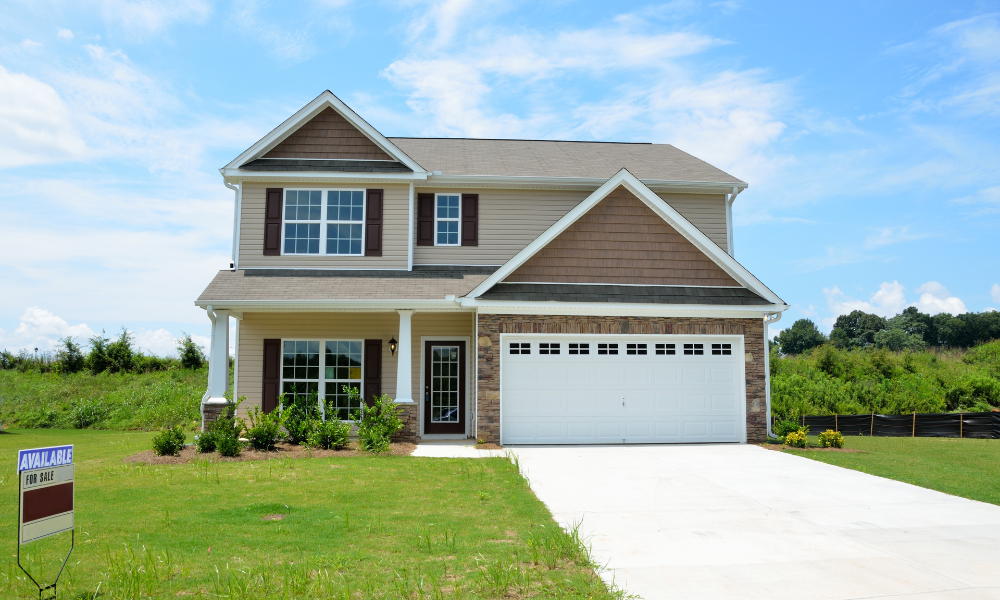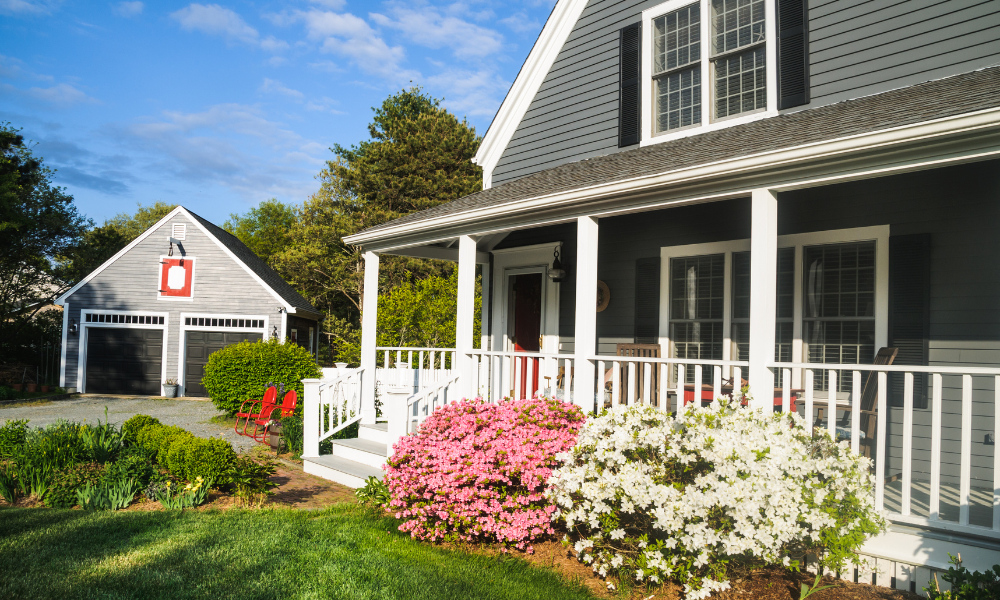Search Blog Posts by Blog Topic
An In-Depth Guide About How to Use Equity in Your Home
November 23, 2022
Home equity refers to the money that’s tied up in your home. It’s common for people who have considerable equity in their homes to use part of it for various purposes, some of which include carrying out renovations, buying a new home, and paying for children’s education. If you’ve reached a stage where you’re thinking about how to use equity in your home, know that while you get a few alternatives, there’s no single best option that suits everyone equally well.
What is Home Equity?
Home equity is a numerical representation of the financial interest a homeowner has in a home. Simply put, it is the difference between a home’s existing market value and any attached mortgages/liens. If you purchase a home using a mortgage, the mortgage provider will continue to hold a financial interest in the property until you repay the mortgage completely.
The equity you hold in a home begins with the down payment you make. It continues to increase as you keep making payments toward your mortgage. This is because your mortgage provider would assign a percentage of your monthly payment to bring down the outstanding principal amount.
Looking to Purchase a Home on Long IslandContact Us
While the amount your pay toward your mortgage has an effect on the equity you hold in your home, so does the property’s existing market value. For example, if there’s a drop in property prices, you may expect your home equity to reduce, and the converse holds true as well.
Where the Market Stands
Data shared by the Federal Reserve Bank of St. Louis shows that there has been a significant uptick in owners’ equity in real estate from the first quarter of 2020, when it stood at $20.09 trillion. By the second quarter of 2022, this number moved to $29.03 trillion.
According to the National Association of REALTORS, as of the fourth quarter of 2021 and over the preceding 30 years, sale prices of existing single-family homes have increased by 4.3% annually. In the last 10 years, home prices have risen at an annual rate of 8.3%.
Further, data from ATTOM’s 2021 U.S. Home Equity & Underwater Report indicates that:
- 41.9% of mortgaged homes in the U.S. are equity-rich (owners have at least 50% equity).
- Only 3.1% of mortgaged homes in the country are “seriously underwater” (combined loan balances linked to a home exceed its market value by 25% or more).
- Idaho has the largest percentage of equity-rich mortgaged homes (66.7%), followed by Vermont (64.8 %) and Utah (62.5 %).
Determining How Much Home Equity You Have
Before you think about how to access home equity, you need to determine how much equity you’ve built since you purchased your home. Calculating how much equity you have is fairly simple. All you need to do is subtract the amount you owe toward your mortgage from the home’s existing appraised value. For example, if the appraised value of your home is $160,000 and you still need to repay $40,000 toward your mortgage, your equity in the home stands at $120,000.
While the COVID-19 pandemic has led to a rise in residential property prices and helped homeowners build more wealth, they get just three basic ways of tapping into home equity if they don’t want to sell.

How to Use Home Equity
If you’re wondering how to tap into home equity, your options include going the cash-out refinancing way, getting a home equity line of credit (HELOC), or getting a home equity loan. While all three may give you access to the funds you require, they function in different ways and come with varied loan terms. What’s common between all three is you’ll need to repay the money by the end of the loan term or when you sell your house, whichever takes place first.
Cash-Out Refinancing
If you opt for cash-out refinancing, you basically take on a new mortgage for an amount that exceeds how much you owe toward your existing mortgage. This gives you the ability to access your homes equity and you may use the money you receive for practically any purpose. Cash-out refinancing works in the same basic manner as refinancing a mortgage. The difference between the two is that the former gives you access to the extra funds you need.
This method might work well for you if you manage to get a lower interest rate than that of your existing mortgage and use the funds you receive in a suitable manner. Bear in mind that most lenders who provide cash-out refinancing require that you retain at least 20% equity in your home at the end of the process.
Consider this example if you wish to know how to tap into home equity by using this method. You own a home with an existing market value is $200,000, and you still owe $100,000 toward your mortgage. This means your equity in the home is $100,000. Given that you may need to maintain 20% equity after cash-out refinancing, you might be able to borrow up to $80,000. Some lenders let you go below the 20% mark, in which case you’ll need to get private mortgage insurance (PMI).
One of the benefits of opting for cash-out refinancing is that it gives you access to the money you need for practically any legitimate purpose. You might also stand to gain if your new mortgage comes with a noticeably lower interest rate than your existing mortgage. However, getting a higher interest rate than that of your existing mortgage is a possible disadvantage. You’ll also need to account for closing costs that are similar to ones linked with getting a mortgage.
HELOCs
A home equity line of credit (HELOC) gives you the ability to borrow against the equity you’ve built in your home, and your equity serves as collateral for the revolving line of credit you receive. Getting a HELOC is also possible if you’re the outright owner of your home. Much like a credit card, the line of credit replenishes each time you make a repayment.
Looking to Purchase a Home on Long IslandContact Us
Borrowers typically get up to 10 years to draw funds from their HELOCs, during which time they’re required to make interest-only payments. However, you may also choose to make payments toward the principal amount during this period. Usually, a 20-year repayment period follows, during which borrowers need to repay the principal amount along with interest.
More often than not, HELOCs come with variable interest rates that may change based on prevailing market conditions. However, some lenders give you the option of converting a part of your balance to a fixed rate. In some cases, HELOCs shift to fixed-rate structures after the end of the draw period.
As with cash-out refinancing, most HELOC providers require that you maintain at least 20% equity in the home after you receive the funds that you seek.
A distinct benefit of getting a HELOC is that you pay interest only toward the amount you draw, and not the entire credit line. Besides, since the credit line replenishes each time you make a repayment, you get the ability to keep your outstanding balance low. HELOCs tend to come with lower interest rates than traditional mortgages, and there’s a possibility that the interest you pay might be tax deductible. Besides, HELOCs come with no or low closing costs.
The fact that HELOCs typically come with variable interest rates might work as a drawback for some because of the unpredictability factor, especially if interest rates increase in the future. Besides, if you stick to making interest-only payments during the draw period, you’ll need to plan your finances suitably to ensure that once the larger repayments start, you have the resources to keep making payments on time. Remember that defaulting on a HELOC may result in foreclosure.
Home Equity Loan
A home equity loan functions in the same basic manner as a mortgage, which is why some people refer to it as a second mortgage. A lender would rely on the equity you’ve built in your house to serve as collateral. The amount you may qualify to borrow depends on the equity you’ve built in your house, although most lenders require that you hold on to at least 20% equity after lending you the money. The term of a home equity loan typically varies from 20 to 30 years.
Since a home equity loan does not replace an existing mortgage, people who have existing mortgages with low interest rates might benefit by opting for this alternative. In addition, home equity loans tend to come with fixed interest rates, which helps provide predictability. Another benefit is that the interest you pay might be tax-deductible.
One drawback with home equity loans is that they might have higher interest rates than cash-out refinancing alternatives. You will, in all likelihood, also need to account for closing costs. If you default on your loan, your lender might choose to collect the amount you owe by going the foreclosure way.

Best Way to Use Home Equity
There are different ways to make use of the equity you build in a home. For example, you could use the money you get to renovate your home, buy another home, fund your retirement, or pay for your children’s education. There is no single best way to use your home equity because requirements tend to vary based on individual circumstances.
How to Use Equity in Your Home to Renovate?
If you’re not sure about how much your renovation project might cost or feel that you might have ongoing costs over a prolonged period, a HELOC might be the way to go. However, a home equity loan might work better if you’re worried about rising interest rates. You may want to consider cash-out refinancing only if you get a lower interest rate than that of your existing mortgage. You also get a couple of home renovation refinancing options from which to choose.
Using Equity in Your Home for Retirement
People who wish to use the equity in their homes to get through their retirement years more comfortably may think about getting HELOCs, home equity loans, or reverse mortgages. A reverse mortgage does not require making any monthly payments. Instead, a lender would provide a stream of payments to you, bringing down the equity you hold in stages. The lender would receive what you owe when you sell the property or upon your passing away. You need to be at least 62 years old to qualify for a reverse mortgage that’s insured by the Federal Housing Administration (FHA)
Using Equity in Your Home to Buy Another Property
If you’ve built substantial equity in your home, you may think about using it to buy a new home. No matter whether you get a home equity loan, a HELOC, or cash-out refinancing, you will be putting your primary residence at risk in case you’re unable to make your repayments in a timely manner.
A HELOC might work well for you if you need some money to make the down payment and might need more to make renovations down the line. Home equity loans, on the other hand, offer more predictability in repayments through fixed interest rates. If you’re over 62 years of age, you may consider getting a home equity conversion mortgage (HECM), which is essentially a federally insured reverse mortgage.
Conclusion
It’s common for lenders to place a maximum limit on the amount you may borrow through a home equity loan, a HELOC, or cash-out refinancing, and most require that you retain at least 20% equity in your home at all times. If you’re wondering what the best way to tap into home equity is, bear in mind that it depends on your specific requirements. For example, if you plan to use the funds you receive for a long-drawn renovation project, you might be better off getting a HELOC instead of a home equity loan.
Looking to Purchase a Home on Long IslandContact Us
Remember that tapping into home equity requires that you build enough equity first, and you may start by making a large down payment. Going forward, you may build equity faster by making more than the required monthly payment. Once you build reasonable equity in your home, you may think about borrowing money against it to use for different purposes. When you get to this stage, it’s important that you find a reliable lender that specializes in this realm.
Ready To Get Started?
Fill out the form below and a mortgage professional will get back to you shortly.

First Time Homebuyer’s Guide
Considering homeownership but not sure where to begin? The Meadowbrook Financial Mortgage Bankers Corp. guide to home buying will make the process easy all in one packet.
Recent Articles

Should You Buy an Under-Construction, New Build, or…
18 June, 2025The dream of owning a home often comes with having to make an array of decisions, and perhaps none is more crucial than choosing the…

How Do Pets Influence Homebuying?
1 May, 2025Adding a furry friend to your family can bring so much joy to your life. Whether it’s a dog, cat, bunny, or other, they’re sure…

Tips to Speed Up Closing on a House
1 April, 2025When you find your dream home, you want your next chapter to begin as soon as possible! Closing on a house is certainly a process…


